Natural caves form over thousands of years through chemical and physical processes in various rock formations. Limestone caves develop through the slow dissolution of carbonate rock, creating stalactites, stalagmites, and other mineral deposits. Ice caves preserve frozen structures year-round in mountainous regions, while marble chambers result from the erosion of metamorphic rock. These geological formations offer insight into Earth's history and natural processes that unfold over millions of years. Carlsbad Caverns in New Mexico extends more than 30 miles (48 kilometers) of explored passages with large chambers filled with limestone formations. Eisriesenwelt in Austria is one of the world's largest ice caves, stretching 26 miles (42 kilometers) through the Tennengebirge mountains. Reed Flute Cave in Guilin displays colorfully illuminated limestone formations dating back 180 million years. In New Zealand, glowworms illuminate the ceilings of Waitomo Caves, while Puerto Princesa's underground river in the Philippines flows through limestone rock. The marble chambers of Patagonia show wave-like patterns carved by water into calcium carbonate rock.
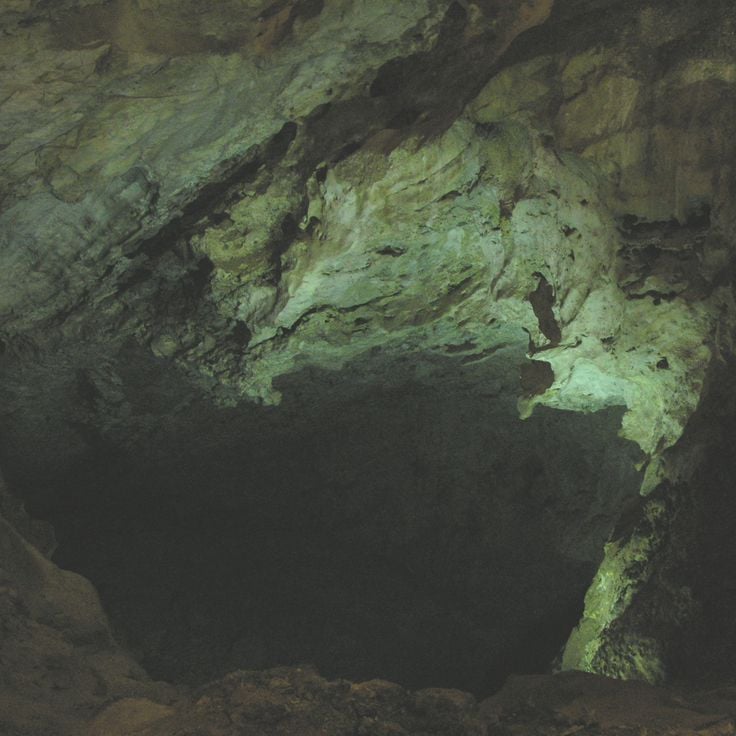
New Mexico, USA
This underground network extends across three levels and comprises 119 caves containing extensive limestone formations. The system provides insight into geological processes that developed over millions of years. The chambers contain stalactites, stalagmites, and other speleothems formed through mineral deposits. A large bat colony inhabits portions of the caves and exits the entrances at sunset. The Carlsbad Caverns reach depths exceeding 1,000 feet (305 meters) below ground level and display various stages of cave development.
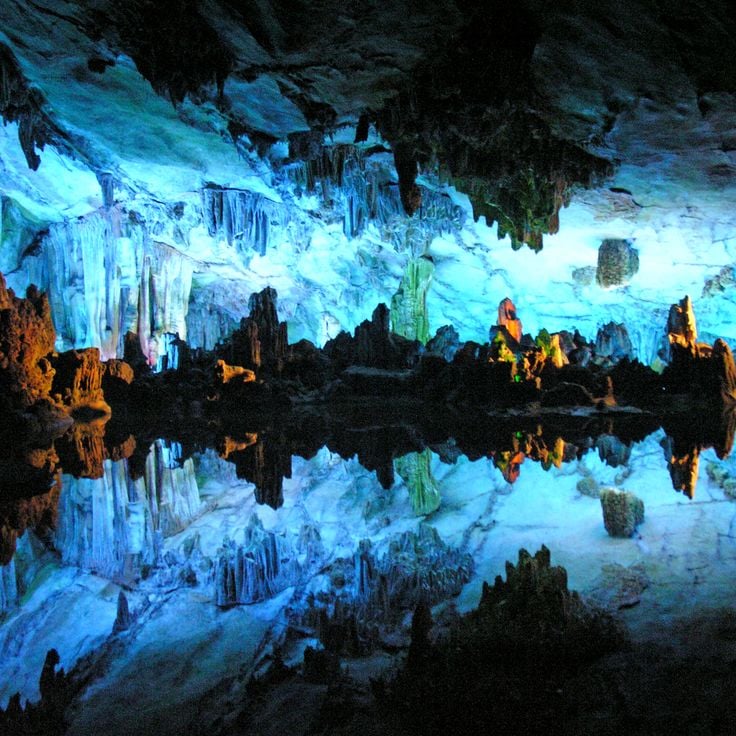
Guilin, China
Reed Flute Cave is a 240-meter (787-foot) limestone cave in Guilin that has been visited for over 1,200 years. This component of the worldwide collection of natural caves displays stalagmites, stalactites, and rock formations highlighted by LED lighting. The cave contains over 70 inscriptions from the Tang Dynasty on its walls. The system leads through several chambers with names that reference the shapes of formations. The cave formed through water erosion of limestone during the Carboniferous period.
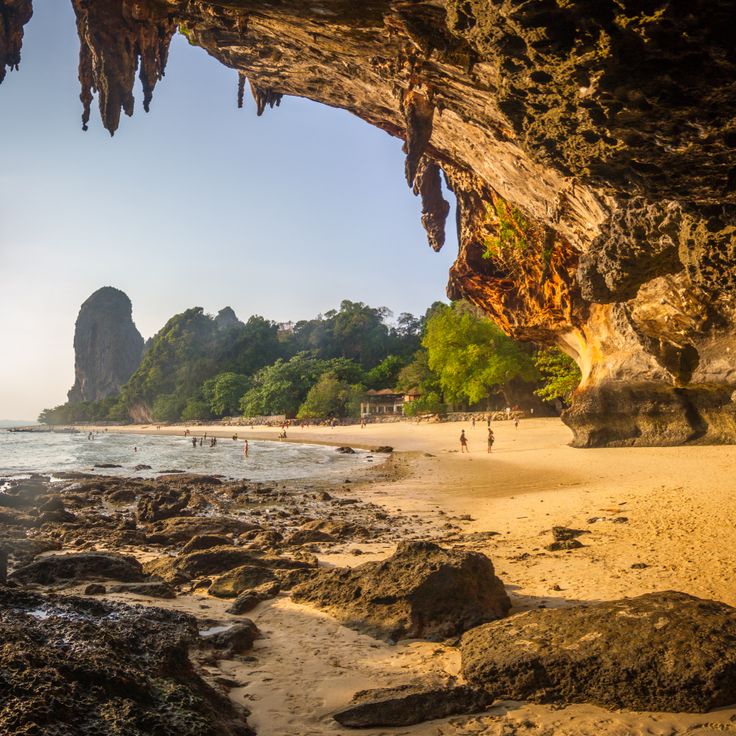
Krabi, Thailand
This limestone cave in Krabi contains natural thermal springs and a mineral-rich water basin with green coloration. The geological formation developed through thousands of years of limestone deposits and provides an example of underground structures created by chemical processes within the rock. The thermal springs inside the cave maintain consistent temperatures, and the water contains various minerals that contribute to its characteristic color. Krabi Cave represents one of Thailand's geological formations shaped by erosion and mineral deposits, offering visitors access to underground water systems and examples of limestone cave development in tropical regions.
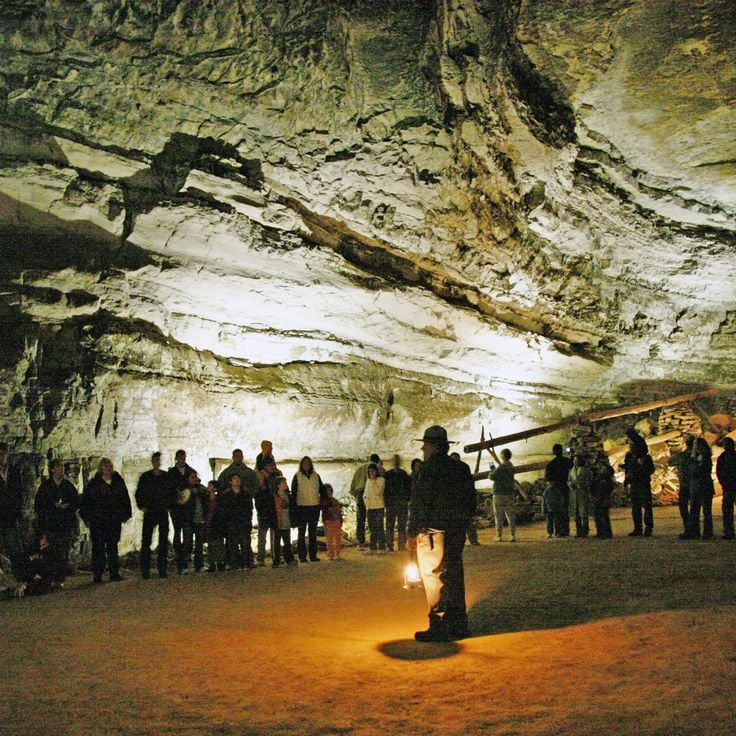
Kentucky, USA
This cave in Kentucky is among the longest known cave systems in the world, extending over 400 miles (650 kilometers) of underground passages. Mammoth Cave contains underground rivers that wind through limestone formations, as well as prehistoric mineral mining sites that indicate use by earlier cultures. The extensive network includes various geological sections with dripstone formations, canyons, and chambers that were shaped by water erosion over millions of years. The cave provides insight into geological processes and the history of human activity in underground environments.
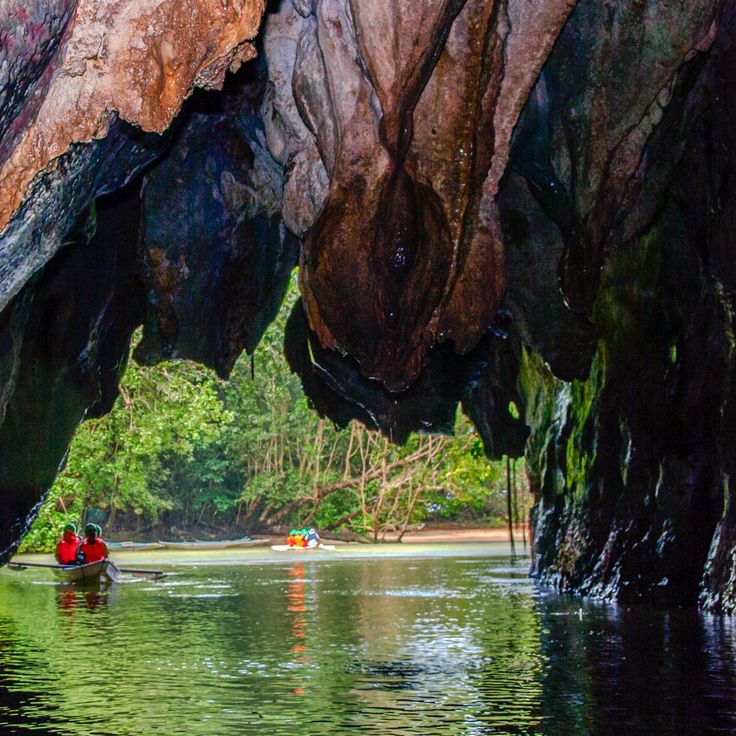
Palawan, Philippines
This underground river extends 5.1 miles (8.2 kilometers) through a cave system on Palawan before flowing into the South China Sea. The geological network contains calcite formations that have developed over thousands of years. The Puerto Princesa Subterranean River forms part of this collection of natural caves and underground formations, demonstrating karst erosion processes in tropical regions. The system includes multiple chambers with stalactites and stalagmites, while the river flows through limestone covered by rainforest above.
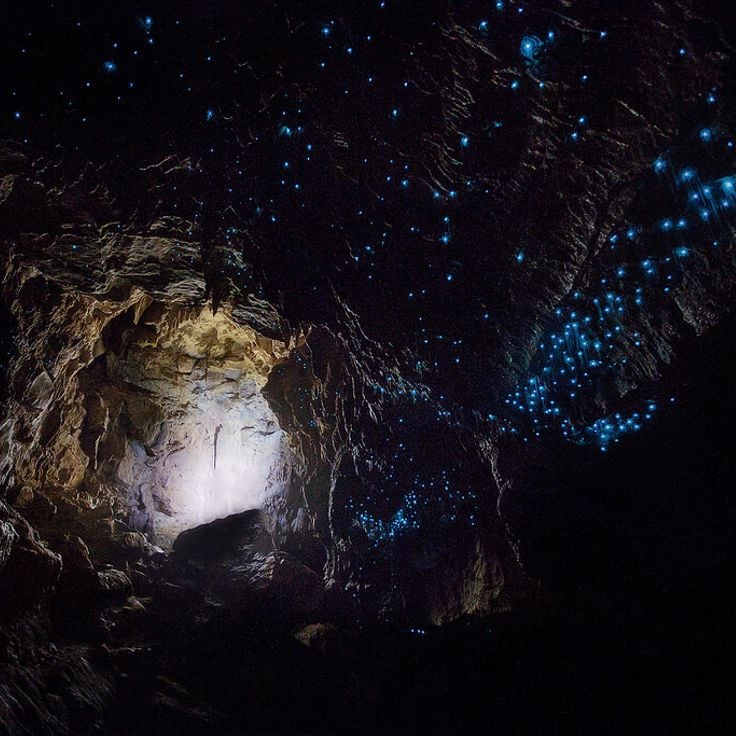
North Island, New Zealand
The Waitomo Glowworm Caves are part of the underground world of natural caves and house thousands of Arachnocampa luminosa larvae that illuminate the cave ceilings with their blue light. These limestone caves on the North Island of New Zealand formed approximately 30 million years ago through tectonic activity and erosion. The bioluminescent larvae hang from the ceiling on silky threads and create a glowing display that attracts insects. Visitors can explore the caves on foot or by boat through the underground waterways, where the illuminated ceilings resemble a starry sky. The caves include several chambers with stalactites, stalagmites, and other limestone formations.
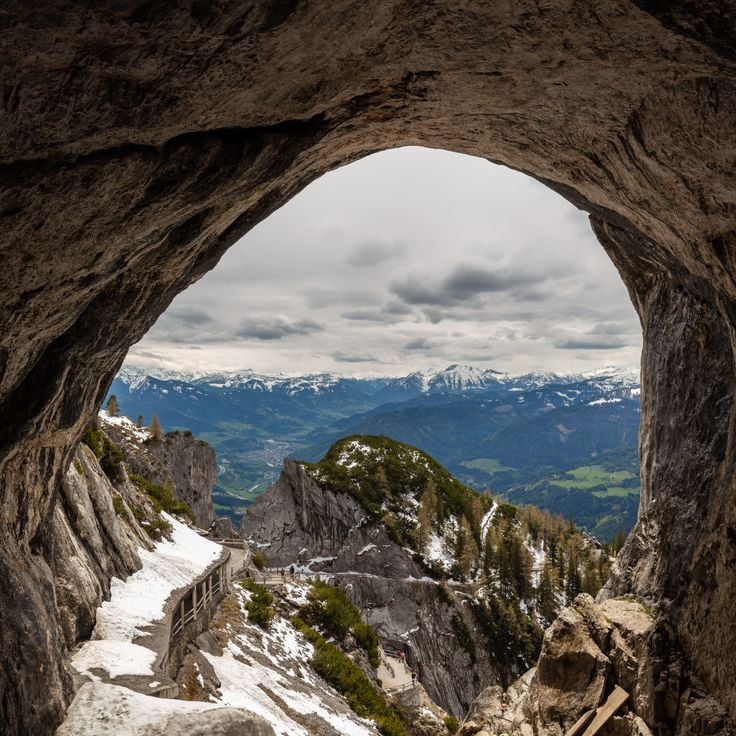
Werfen, Austria
This ice cave forms a significant geological system in the Alps, with formations that remain frozen throughout the year. Eisriesenwelt extends 42 kilometers (26 miles), with natural ice structures covering 30,000 square meters (323,000 square feet). The system formed through the entry of cold winter air that transforms meltwater into crystalline structures. The cave displays ice curtains, frozen waterfalls, and ice formations several meters high that gain their distinctive coloring from calcium carbonate and rock particles. This underground system lies within the Tennen Mountains and ranks among the largest ice caves worldwide.

Montignac, France
Lascaux Cave contains approximately 2000 prehistoric figures painted around 17000 years ago. The walls display large murals of aurochs, horses, and deer. This rock art represents one of the most significant examples of human creativity from the Paleolithic period and provides insight into the lifestyle and symbolic world of the hunters and gatherers who inhabited southwestern France during that time.
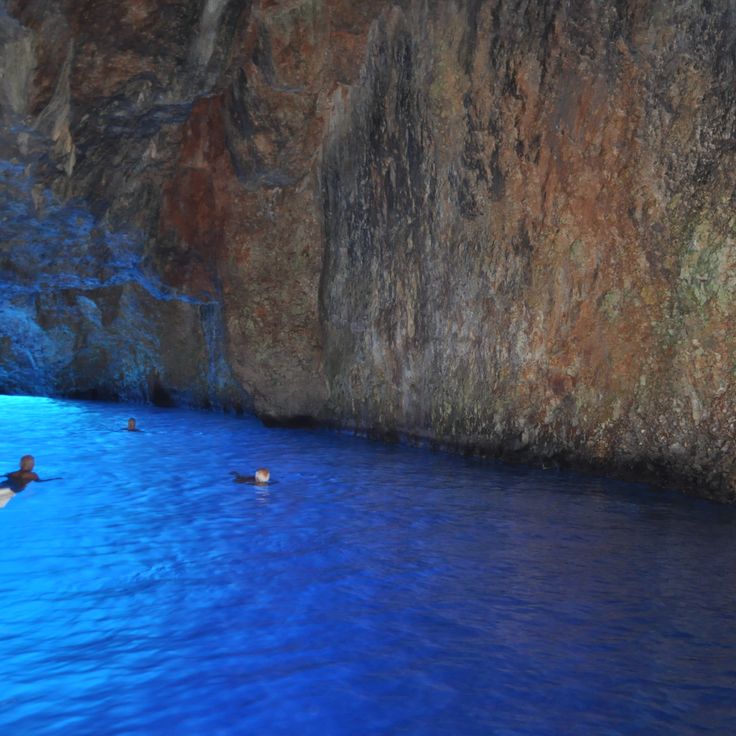
Capri, Italy
This natural sea cave on Capri receives its glowing blue color from sunlight entering through an underwater opening that illuminates the water in turquoise tones. The Blue Grotto is one of Italy's most recognized coastal caves and belongs to the underground formations created by geological processes over thousands of years. Access is possible during calm seas using small boats that must duck through the low entrance. The phenomenon of blue reflection occurs through light refraction in the clear seawater.
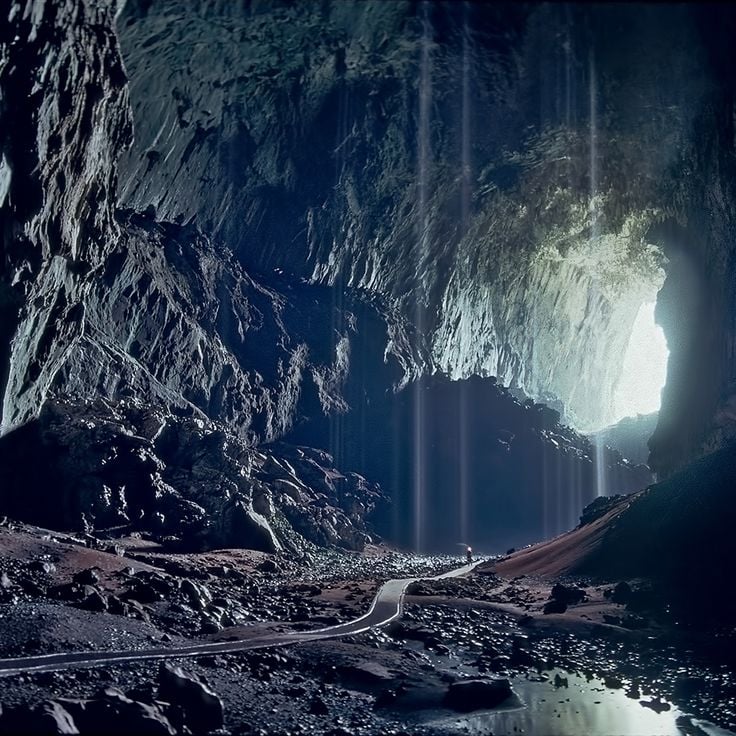
Borneo, Malaysia
This cave measures 574 feet (174 meters) in height and 440 feet (134 meters) in width and houses millions of bats of different species. Deer Cave is part of an extensive limestone cave system in Borneo formed through geological processes over thousands of years. The large dimensions of the cave support massive bat colonies that emerge in dense formations at sunset. The cave represents a significant underground formation that combines both geological and biological features and ranks among the largest cave passages in the world.
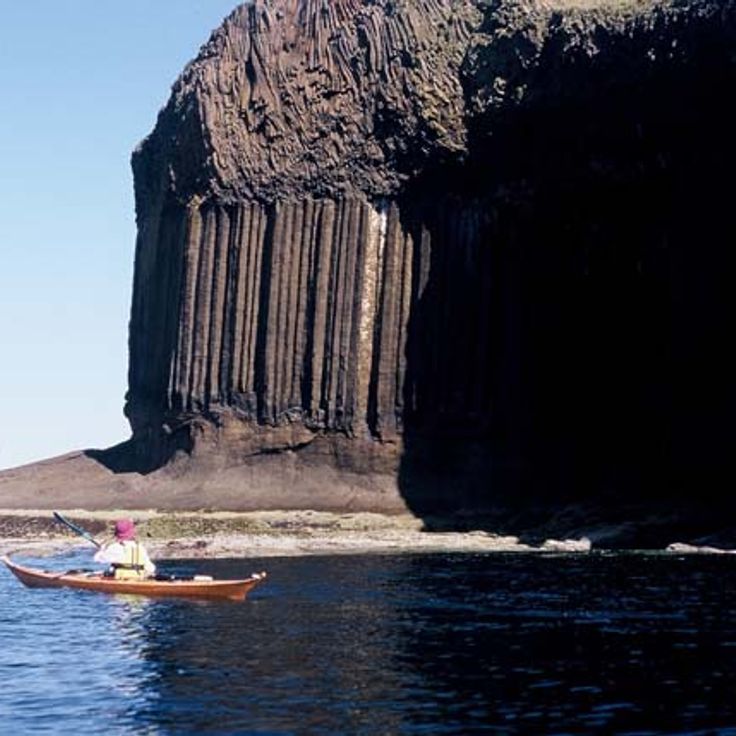
Staffa, Scotland
This cave on Staffa features hexagonal basalt columns that rise approximately 60 feet (18 meters) above the sea and create natural acoustics. The movement of ocean waves through the cave opening produces complex harmonic sounds that gave the location its Gaelic name. The basalt formations resulted from rapid cooling of lava around 60 million years ago. Access is by boat during calm weather, and the cave extends roughly 250 feet (75 meters) into the cliff face. The geometric structure of the columns forms natural arches and vaults that are part of the volcanic formation of the Hebrides.

Put-in-Bay, Ohio, United States
The Crystal Cave is an underground formation on South Bass Island near Put-in-Bay, part of the collection of geological structures worldwide. This cave houses celestine geodes with crystals reaching lengths up to 18 inches (45 centimeters). The cave was discovered in 1897 during well-digging operations and sits approximately 40 feet (12 meters) below the surface. The bluish-tinted celestine crystals grow within hollow geodes embedded in limestone layers. This geological formation developed through mineral-rich solutions that shaped the crystal structures over thousands of years.
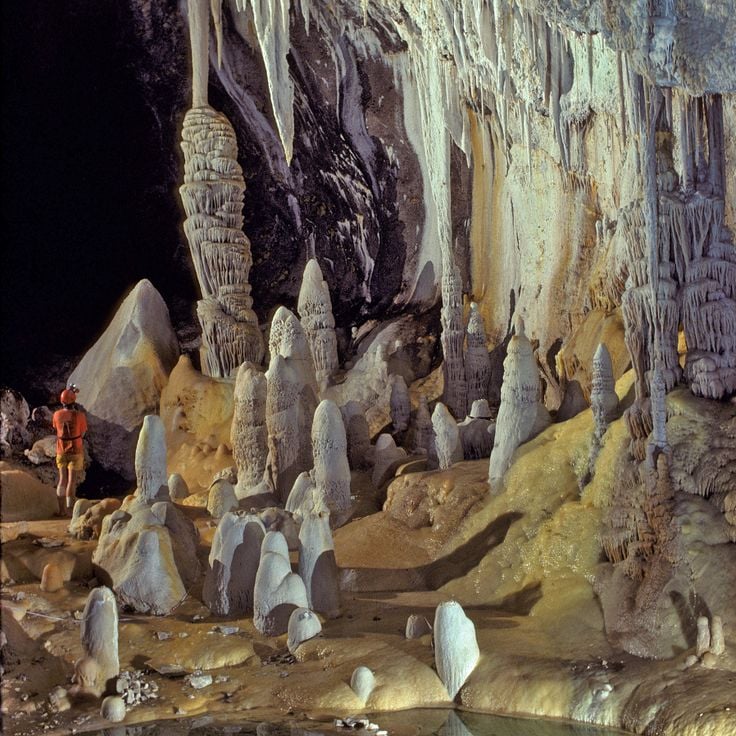
New Mexico, USA
Lechuguilla Cave contains rare mineral formations, including gypsum deposits in various forms such as needles, hair, and crystals. The protected underground ecosystem of this cave harbors unique microorganisms that exist in the extreme environment without sunlight. Extending to depths exceeding 1,600 feet (488 meters) and with a total length of more than 138 miles (222 kilometers), this cave ranks among the longest and deepest caves in the United States. The formation developed through sulfuric acid dissolving the limestone, resulting in unusual geological structures that differ from typical drip stone caves.
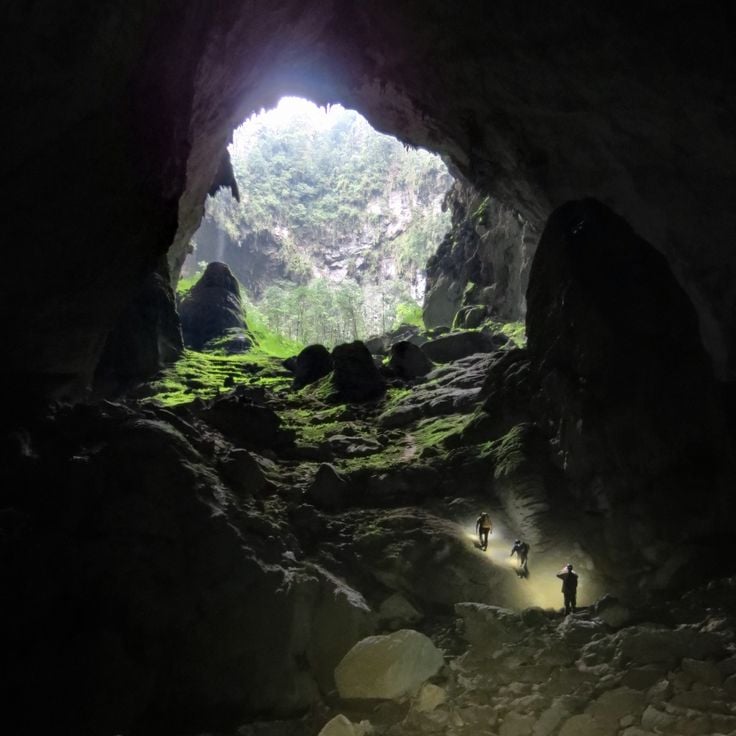
Quảng Bình Province, Vietnam
This cave extends for 3 miles (5 kilometers) through Quảng Bình Province and contains chambers with heights equivalent to a 40-story building. The geological formation developed approximately 2 to 5 million years ago through water erosion of limestone bedrock and constitutes one of the largest known cave passages in the world. Inside the cave are an underground river, collapsed ceiling sections that create natural skylights, and stalagmite formations of extraordinary dimensions. The cave was discovered only in 1991 and remains a significant example of underground limestone formations in this collection of geological structures.
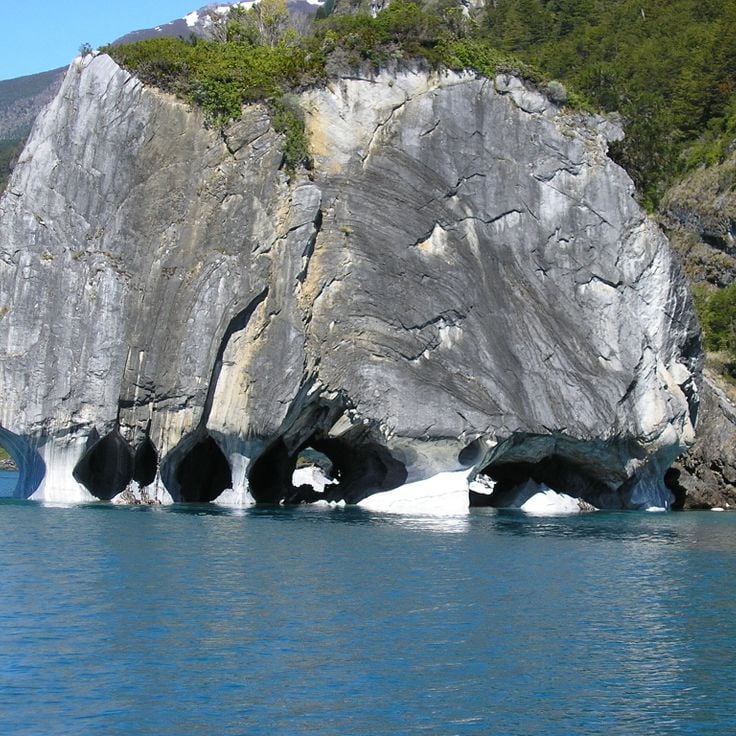
Patagonia, Chile
These caves formed through 6000 years of water erosion in limestone and sit directly above Lake General Carrera in Chilean Patagonia. The Marble Caves display swirling formations with shades of blue, gray, and turquoise colored by the lake's mineral-rich glacial water. The erosion patterns have created smooth, undulating walls and ceilings that reflect light. These geological structures are accessible only by boat, and the colors vary with water levels and seasons. The caves lie near the Argentine border in a remote area of the Patagonian Andes. Ongoing erosion continues to reshape the chambers and passageways.

South Australia, Australia
The Naracoorte Caves contain one of the most important fossil deposits from the Pleistocene era in Australia. Within these limestone caverns lie bones and remains of marsupials and extinct megafauna that inhabited the region several hundred thousand years ago. The fossil deposits provide insight into the prehistoric animal life of the southern Australian continent. These geological formations are part of a network of underground structures with scientific importance for the study of Quaternary mammals. The caves document the life and extinction of large animal species during climatic changes of the ice age.
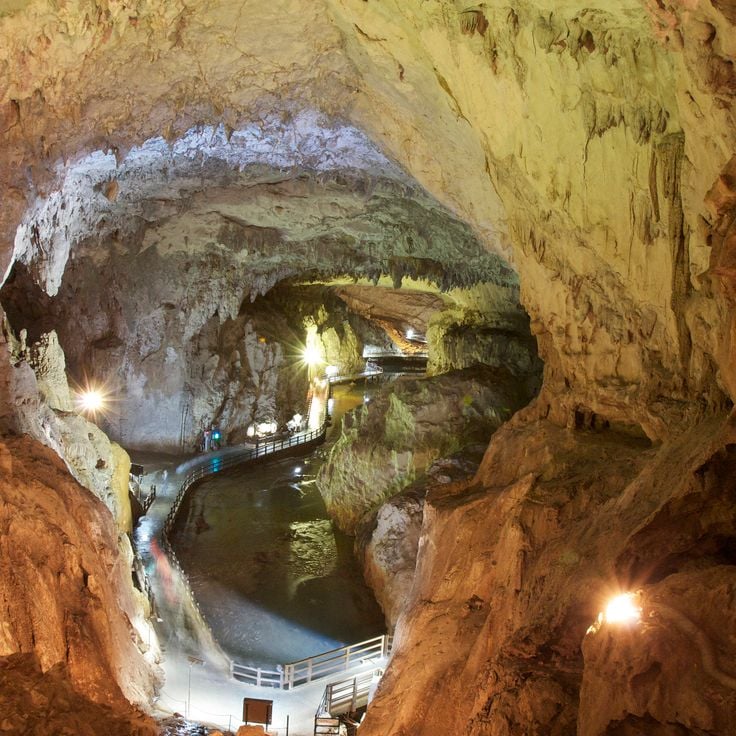
Yamaguchi Prefecture, Japan
This nine kilometer limestone cave contains underground rivers, stalactites, and stalagmites. Akiyoshido Cave sits within a karst landscape and was formed through the erosion of limestone over millions of years. Visitors can explore approximately one kilometer of the cave along concrete pathways, while the remainder is accessible only to researchers. The cave displays various formations including the large main chamber with stalagmites reaching several meters in height and flowing water that runs through the underground system. The temperature inside the cave remains around 62 degrees Fahrenheit (17 degrees Celsius) throughout the year.